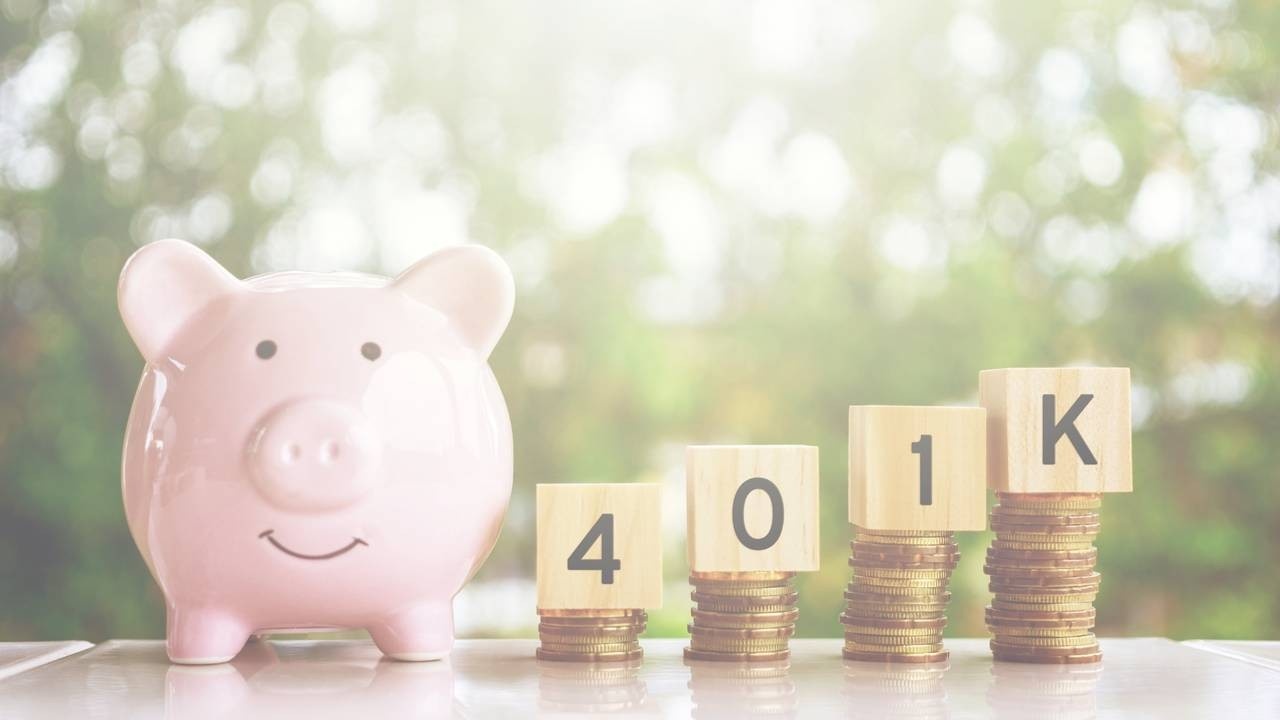Our Intentional Blog
When Should You Take Your Social Security?

Ever since President Franklin D. Roosevelt signed off on the 1935 Social Security Act, most Americans have ended up pondering this critical question as they approach retirement:
“When should I (or we) start taking my (or our) Social Security?”
And yet, the “right” answer to this common question remains as elusive as ever. It depends on a wide array of personal variables. It depends on how Congress acts. It depends on how the unknowable future plays out.
No wonder many families find themselves in a quandary when it comes to taking their Social Security benefits. Let’s take a closer look at how to find the right balance for you.
Social Security Planning: A Balancing Act
For Social Security planning purposes, you reach full retirement age (FRA) between ages 66–67, depending on the year you were born. However, you can generally begin drawing Social Security benefits as early as age 62 (with the lowest available monthly starting payments) or as late as age 70 (for the highest available...
Back to the Investment Basics Part 5: Patience and Personal Persistence

So far in our investment basics blog post series, we’ve explored the history of investing; how important it is to save (so you have money to invest); how to invest efficiently in broad markets; and why to avoid chasing or fleeing rising or falling prices.
By applying these logistics, you’re much better positioned to let capital markets work their wonders on your investments. But there are two more essentials that can make or break even the most sensible portfolio, and neither of them are about market dynamics. They’re about you.
Once you’ve structured your investments to capture available, risk-adjusted market returns, you’ll need to stay on track as planned.
This calls for channeling your ability to be patient, and for ensuring your personal goals—rather than shifting market conditions—are driving your ongoing decisions.
Back to the Investment Basics Part 4: The Price You Pay Matters

In our last blog post, we described our marvelous markets and how to account for their being both robust and random at the same time. Today, we’ll look at how stock pricing works, and why Nobel laureate William F. Sharpe was correct when he reminded us: “Asset prices are not determined by someone from Mars” (even if it may sometimes feel that arbitrary).
- You can’t invest if you haven’t saved.
- Markets are inspired by ingenuity, tempered by diversification.
- The price you pay matters.
- Patience is a virtue.
- Investing is personal.
Random Numbers, Efficiently Arranged
Why is Berkshire Hathaway Inc.’s Class A stock (BRK-A) priced at more than $400,000 per share as of mid-September 2022? Why do other stocks trade for pennies on the dollar? Why has Meta’s (META) share price dropped by more than half year to date, while Consol Energy Inc.’s (CEIX) has more than doubled?
As we touched on in our last post, we caution against trying to predict a stock’s next pr...
Back to the Investment Basics Part 3: Our Marvelous Markets

In our last blog post, we introduced the importance of saving, which is the first of five basics that have served investors well over time. Today, we’ll look at where stock market returns really come from, and why that matters to your investing.
- You can’t invest if you haven’t saved.
- Markets are inspired by ingenuity, tempered by diversification.
- The price you pay matters.
- Patience is a virtue.
- Investing is personal.
Markets Are Robust and Random
Before we describe where stock market returns come from, consider these two quotes:
“Whether the currency a century from now is based on gold, seashells, shark teeth, or a piece of paper (as today), people will be willing to exchange a couple of minutes of their daily labor for a Coca-Cola or some See’s peanut brittle.”
— Berkshire Hathaway Chairman Warren Buffett
“Whenever you think you’ve found the key to the market, some[one] changes the lock.”
— E.F. Hutton & Co. Founder G.M. Loeb
So, which is it? Are market...
Six Financial Best Practices for Year-End 2022

There’s been a lot going on this year - politically, financially and economically - from rising interest rates, to elevated inflation, to ongoing market turmoil.
So how will all this activity translate into annual performance in our investment portfolios? Markets often deliver their best returns just when we’re most discouraged. While we wait to find out the results, here are six financial action items that you can tackle before the year ends.
1. Revisit Your Cash Reserves
Where is your cash stashed these days? After years of offering essentially zero interest in money markets, savings accounts, and similar platforms, some banks are now offering higher interest rates to savers. Others are not. Plus, some money market funds may have quietly resumed charging underlying management fees they had waived during low-rate times.
It might be a good time to shop around. If you have significant cash reserves, now may be a good time to compare rates and fees among local institutions, virtual...
Tax Tips for the End of the Year

Is it just me, or do you also feel like the last two years have flown by? It’s always a busy time of year with the holidays, but it’s important that we take some time to financially prepare for the end of the year and the beginning of a new year.
Here are some things to consider as you weigh potential tax moves before the end of the year.
Defer Income to Next Year
Consider opportunities to defer income to 2022, particularly if you think you may be in a lower tax bracket then. For example, you may be able to defer a year-end bonus or delay the collection of business debts, rents, and payments for services in order to postpone payment of tax on the income until next year.
Accelerate Deductions
Look for opportunities to accelerate deductions into the current tax year. If you itemize deductions, making payments for deductible expenses such as medical expenses, qualifying interest, and state taxes before the end of the year (instead of paying them in early 2022) could make a differenc...
Retirement Plan Options for Business Owners

You may be familiar with traditional retirement plans available to employees, but there’s a lot of confusion about retirement plans for self-employed or business owners. The great news is that if you are self-employed or own a business, you can create retirement plans for yourself and any employees you have. Having a retirement plan option for your employees can even benefit your business by attracting quality people who are in it with you for the long haul!
Either way, a huge advantage of having a retirement plan is that you’re able to begin saving for the future. The earlier you start saving, the better, but there is by no means a “wrong” time to start investing or contributing to a plan.
The Benefits of Having a Retirement Plan
Like I mentioned before, having a retirement plan could help you attract qualified employees who wish to stay with your company. This is true whether you have 2 or 200 employees.
Also, in the case of qualified plans and some nonqualified plans, a retire...
3 Benefits of a Self-Directed 401(k) or 403(b)

A self-directed 401(k) or 403(b) is an additional investment option to the traditional retirement plans offered by your employer. It might be available to you and you don’t even realize it. In those traditional plans, your employer pre-approves funds you can invest in, whereas a self-directed 401(k) or 403(b) allows for a little more flexibility in choosing what you can invest in.
Whether it’s you or someone outside your company’s organization, the option of a self-directed 401(k) could be great for you if you like having a little more say in where your money goes. It’s important to note that not all employers offer this option, so check with your organization to see if you’re able to participate in a self-directed brokerage of your investments.
Do you know what’s happening with your money?
I can’t tell you how many people I’ve talked to who have no idea how their 401(k) is invested. It’s usually not managed well because they don’t know how to select their investments nor do they...
Teachers, do you know the answers to these questions about your 403(b)?

As some of you know, I started my career as a teacher. Also, as a mother of three, I am frequently interacting with teachers so it should come as no surprise that many of my clients are teachers or school administrators. Through this work, I have learned that there is a lot of confusion among educators when it comes to saving for retirement. For today, I am going to focus on one specific element of the retirement plan and that's the 403(b) account.
403(b) Basics
Before I get to the questions about your 403(b) that you should show know the answer to, let's start with the basics. What is a 403(b) and why would you be contributing to it? A 403(b) is a tax-deferred retirement plan. That means the money goes in with pre-tax dollars and grows tax-deferred. It is taxed as ordinary income when withdrawn from the plan. A 403(b) is available to employees of schools and certain non-profit organizations. It's named after the section of the IRS code governing it. For 2018, the IRS contribution ...





